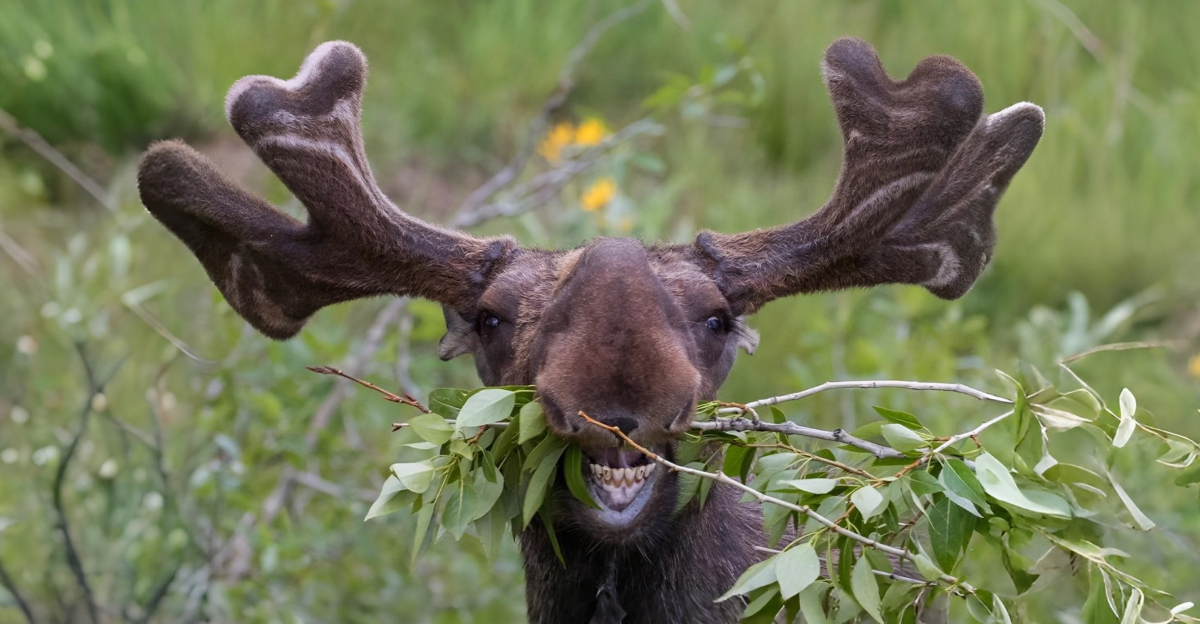
A beloved hiking trail near Tupper Lake has been closed due to repeated sightings of an unusually aggressive moose nicknamed the “Hulk.” This moose has exhibited threatening behavior toward hikers, prompting safety concerns.
Moose are typically docile but can become dangerous during specific periods, such as calving or rutting seasons, or if they feel threatened. The closure highlights the delicate balance between human recreation and wildlife safety. This article explores the incident, moose behavior, safety precautions, and the broader implications for wildlife management and outdoor enthusiasts.
The Trail and the Triggering Incident
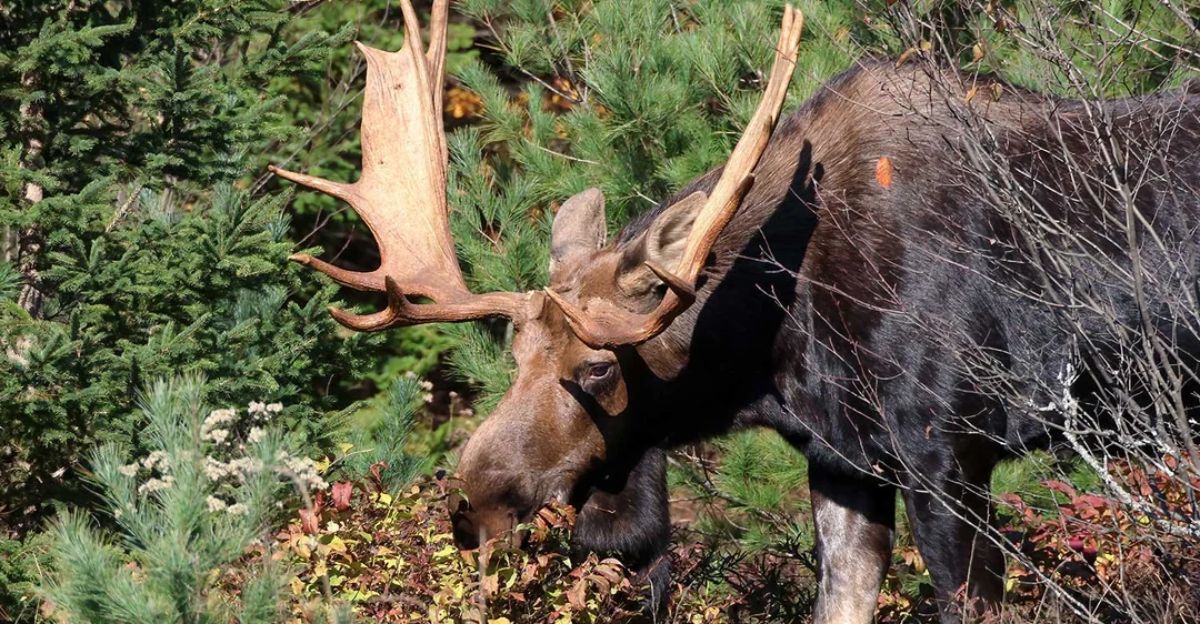
The trail near Tupper Lake is popular among families and outdoor enthusiasts seeking nature and wildlife experiences. Recently, the “Hulk” moose has been involved in multiple aggressive encounters, including charging hikers and causing injuries or close calls.
Authorities reported that the moose’s behavior posed a significant threat, leading to an indefinite closure of the trail to protect the public. This decision was made after consultations with wildlife experts and local officials to prevent further incidents.
Why Do Moose Become Aggressive?
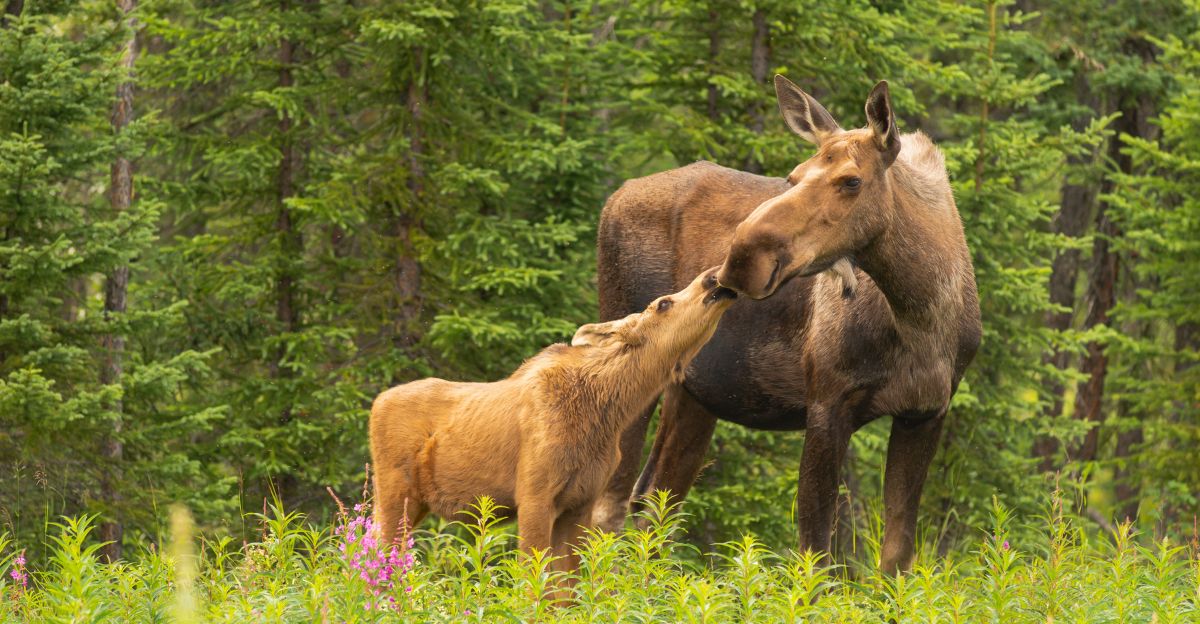
Moose are generally calm but can become aggressive during calving (spring) and rutting (fall) seasons. Females fiercely protect their calves, while males compete for mates.
Aggression can also be triggered if moose feel cornered or threatened by humans or dogs. Warning signs include pinned ears, raised neck hair, stomping feet, and licking their snout. Recognizing these signs is crucial for avoiding dangerous encounters and respecting moose territory.
Meet the ‘Hulk’ A Moose on the Edge
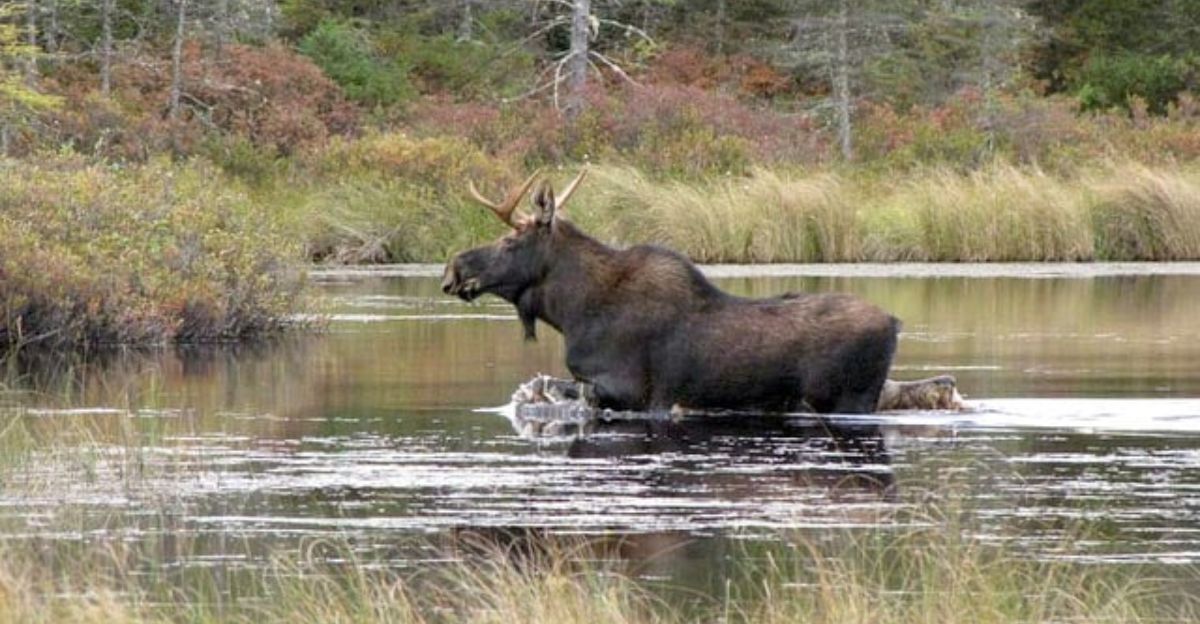
The “Hulk” moose stands out due to its large size and unusually aggressive behavior, far beyond typical moose conduct. Unlike most moose, it has repeatedly charged at hikers, showing heightened territoriality.
Environmental pressures such as habitat encroachment and human feeding may contribute to its aggression. This case exemplifies how human-wildlife interactions can escalate when animals lose their natural fear or are stressed by changing environments.
How to Stay Safe During a Moose Encounter
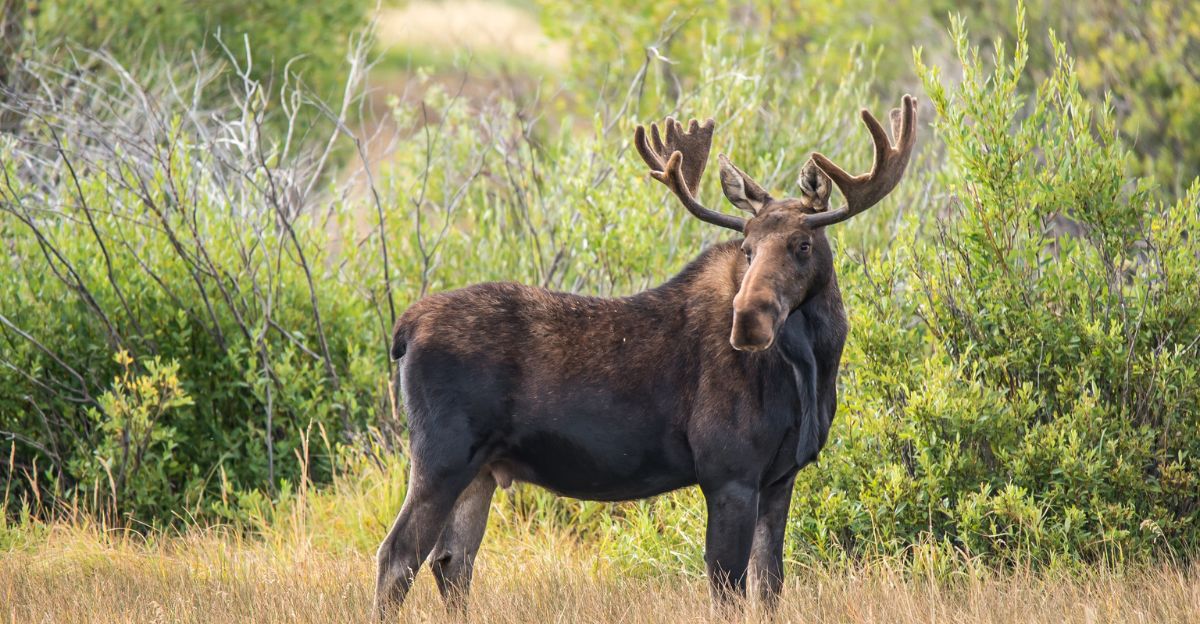
Hikers should remain calm and keep a minimum distance of 15 meters from moose. Avoid eye contact and back away slowly without sudden movements. If a moose charges, seek cover behind a tree or large object; do not run, and protect your head if knocked down.
Dogs must be leashed and kept close, as moose perceive them as threats and may attack. Awareness and preparedness can prevent injuries during moose encounters.
Trail Closure Effects on Community and Tourism
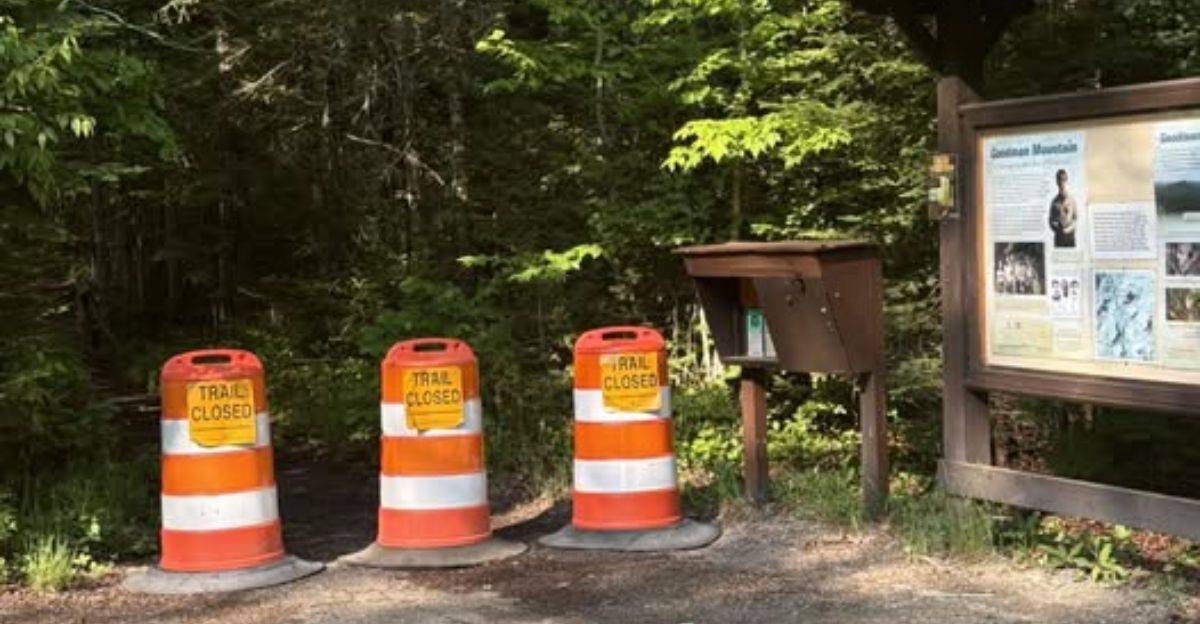
The trail closure has disrupted local recreation, affecting hikers and businesses reliant on trail traffic. While safety is paramount, some community members express concern over access restrictions and economic losses.
Authorities are promoting alternative trails and considering measures to reduce future closures, balancing public safety with sustaining outdoor tourism and local livelihoods.
Balancing Human Activity and Moose Conservation
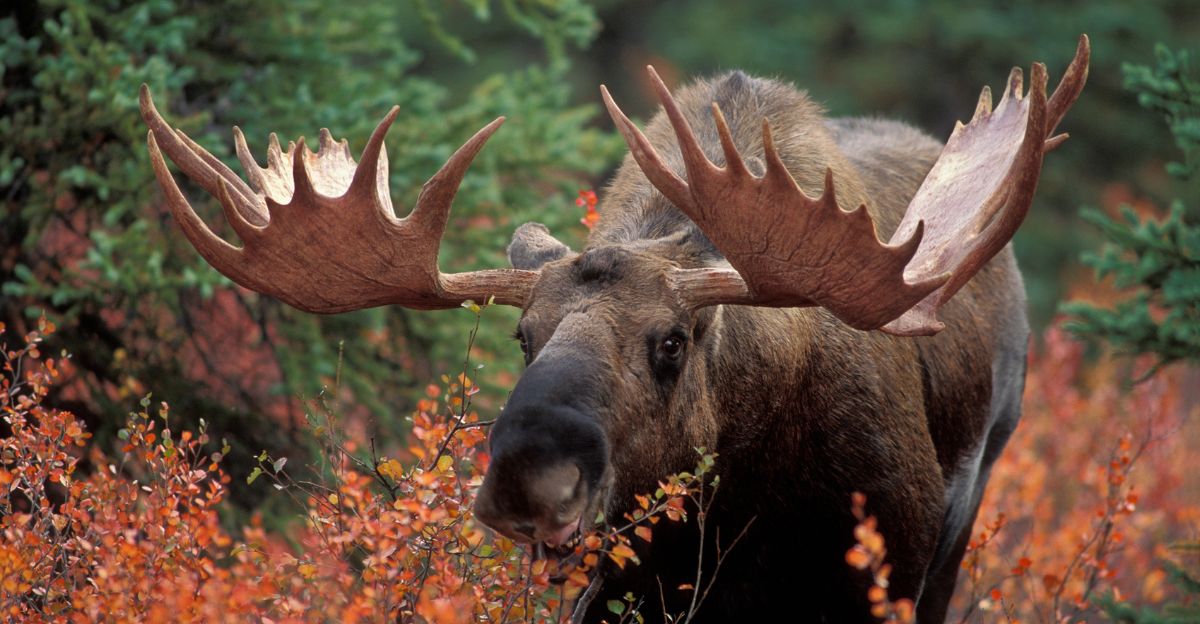
Wildlife agencies face the challenge of managing aggressive moose while protecting humans and animals. Strategies include posting warning signs, educating the public, monitoring moose behavior, and, if necessary, relocating or culling problematic animals.
Legal protections for moose complicate interventions, and regulations on dogs near moose aim to reduce conflicts. Effective management requires cooperation between authorities, communities, and visitors.
Moose Encounters Through History
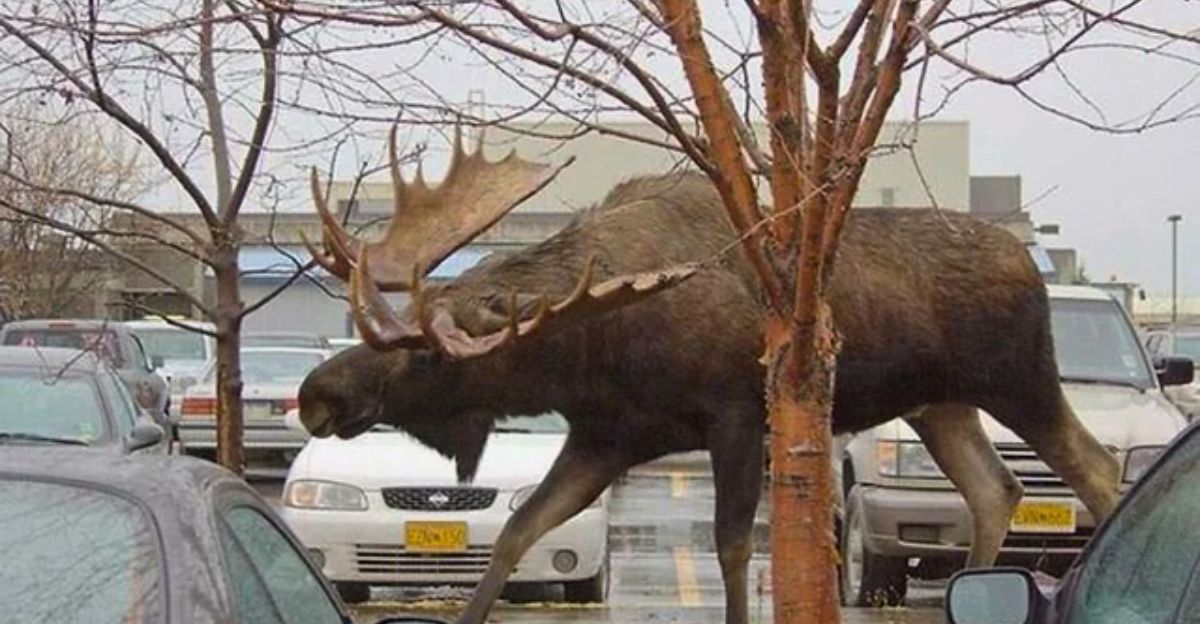
Moose-human conflicts have a long history in North America, often peaking during mating seasons. Changes in land use, urban expansion, and climate shifts influence moose habitats and behavior, increasing encounters.
Past incidents have informed current safety protocols and wildlife management. Understanding this history helps frame the “Hulk” moose case within broader ecological and societal trends.
Moose Aggression and Its Wider Implications
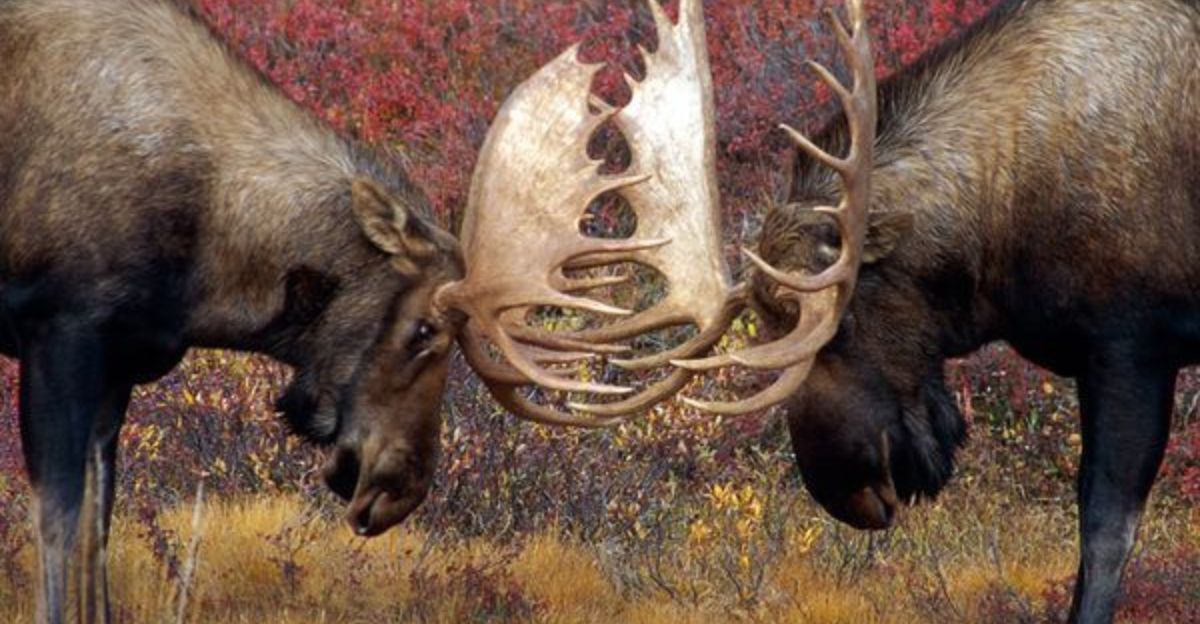
Studying moose aggression informs veterinary science on stress in large mammals. The outdoor recreation industry adapts with improved safety gear, trail designs, and emergency plans.
Technology is growing, with GPS tracking and mobile apps alerting hikers to moose activity. These intersections highlight how wildlife behavior impacts multiple sectors beyond immediate safety concerns.
Coexisting Safely with the ‘Hulk’ and Other Moose
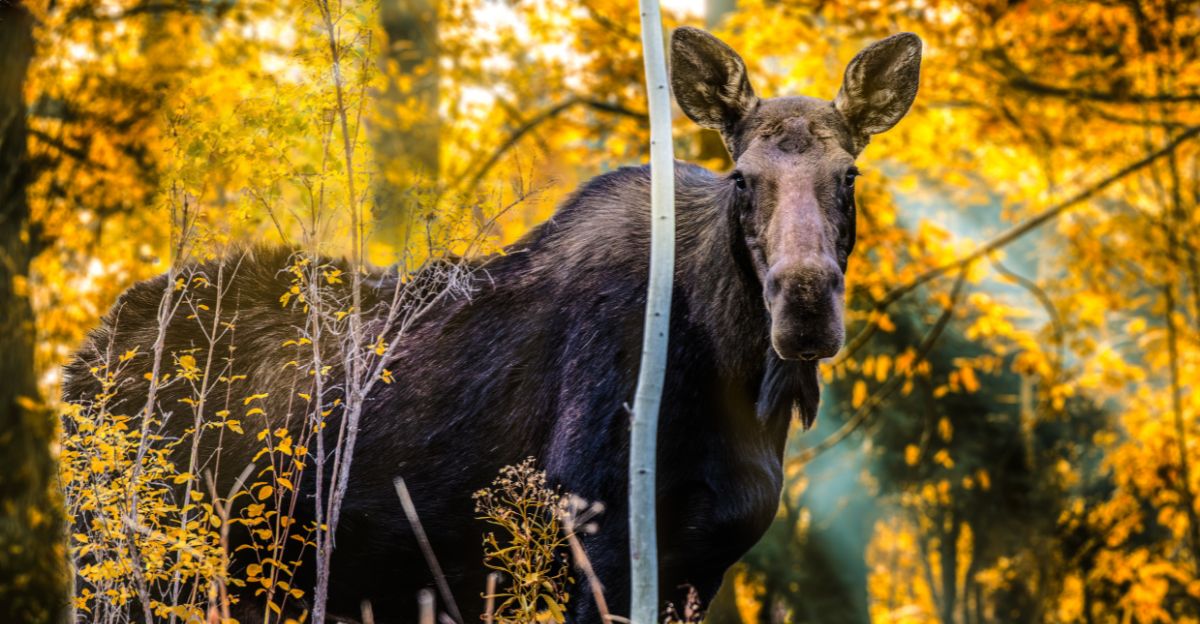
Respecting wildlife and adhering to safety guidelines are essential for coexistence. Hikers should report aggressive moose encounters to authorities and stay informed on trail conditions.
Responsible behavior helps protect both humans and moose, ensuring the safe enjoyment of natural spaces. For more information, consult local wildlife agencies and trail management resources.
Explore more of our trending stories and hit Follow to keep them coming to your feed!

Don’t miss out on more stories like this! Hit the Follow button at the top of this article to stay updated with the latest news. Share your thoughts in the comments—we’d love to hear from you!







